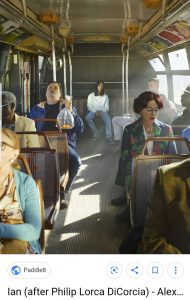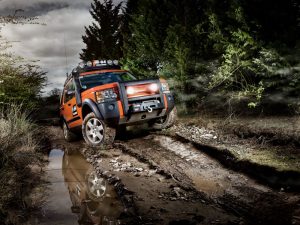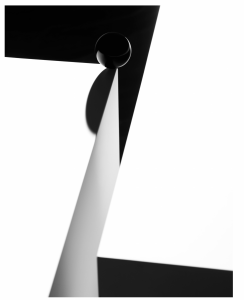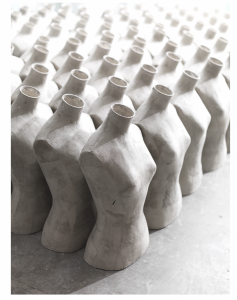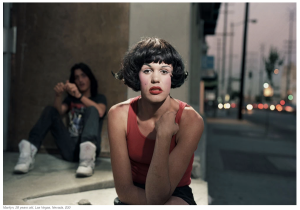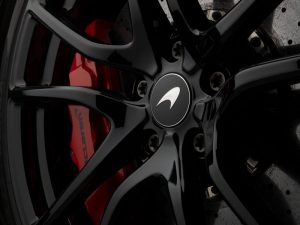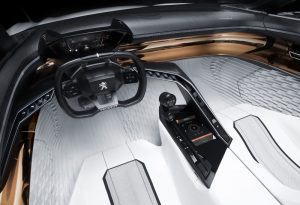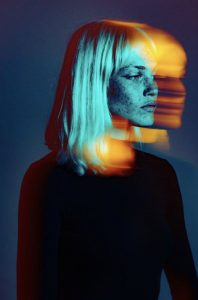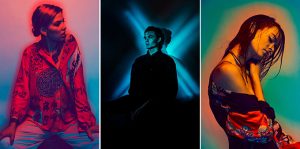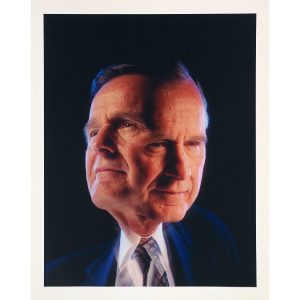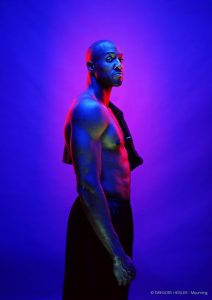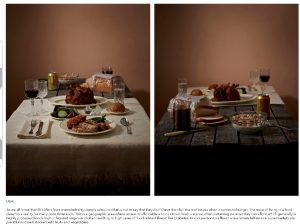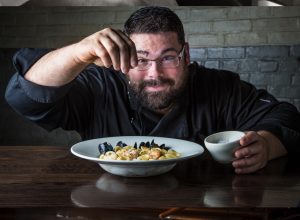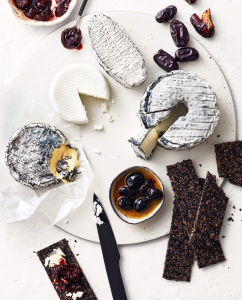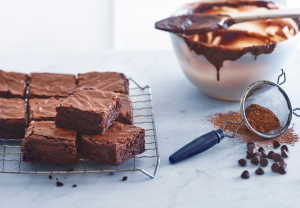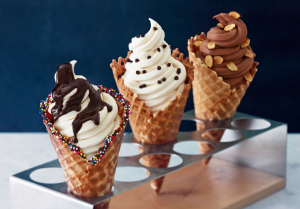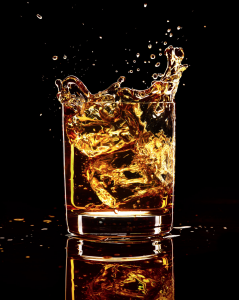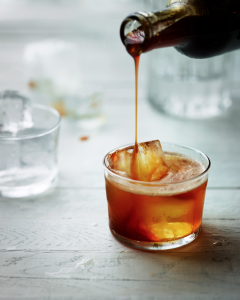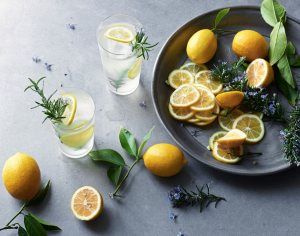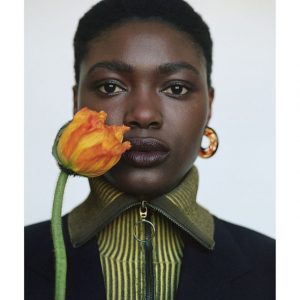Philip Lorca diCorcia is a well known figure and street photographer born in 1951. He grew up in Hartford,CT attending the University of Hartford in the 1970’s. Corcia later moved on to Boston School of the Museum Fine Arts, rounding out his education at Yale. In his early work, he photographed friends and family making the images appear candid, when actually it involved hours of staging and utilizing lighting techniques. His objective was to blur the lines between the everyday and fabricated scenes. In the 1980’s, Corcia worked as a commercial photographer creating spreads for clients like Esquire, The New York Times and Harper’s Bazaar. From 1990-92, he traveled to Los Angeles working on a series he called Hollywood. The subjects consisted of prostitutes, hustlers and drug dealers which he paid to pose for him. Corcia would name the photos according to the person he photographed and how much he paid. He went on to photograph larger crowds in New York, Tokyo and Paris, setting up flashbulbs in the area waiting for the perfect moment. In his more recent work, his subjects range from pole dancers to the New York metropolis exploring the topics of identity, reality and artifice. His style has been described as combining documentary with conceptual photography. Philip Lorca diCorcia is a recipient of the Guggenheim Fellowship and has had many solo expeditions at the Museum of Modern art (MoMA), Centre National de la Photographie in Paris and Reina Sofiá in Madrid. He currently lives and works in New York. The image below is titled “Ian” depicting a young man with long black hair sitting in the back of a bus. The man who I assume is named Ian is looking into the camera, the image is balanced with passengers on each side. Although the subject is in the middle of the scene, my eyes are also drawn to the passengers in the background. The man falling asleep holding a goldfish in a plastic bag perfectly still and a woman with blue eyeshadow and a floral blazer looking down in her lap or also possibly sleeping. It makes me start to think about which elements or subjects are real in the scene and which are orchestrated by the photographer.
